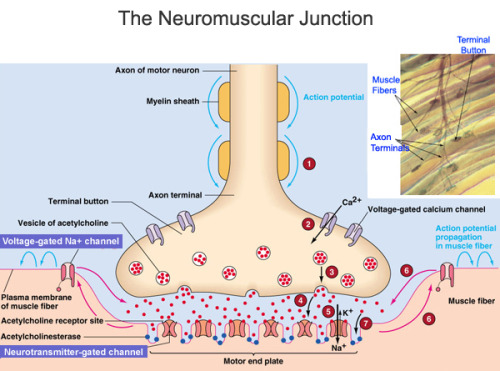1. The following terms were used in the movie. How do they relate to the words we use: degenerate and invalid?
De-gene-erate
In-valid
Borrowed Ladder
They relate to the words we use because we are starting to change the DNA the way we want it in the attempt to create the perfect child. Invalid is used to the words we use today because that just means fake. Now days we try to steal others identity just like they did in the movie.
2. Why do you think Vincent left his family, tearing his picture out of the family photo, after winning the swimming race against his brother?
I think this meant Vincent was strong enough to go on his own and create his own journey. He finally beat his brother and now he was ready to leave. He tore the picture out of the family portrait because he now saw that he didn't need them anymore.
3. Describe the relationship between Vincent and Anton.
Vincent and Anton are like any two brothers. They fight and compete to see who is the best all of the time. Anton knows he is stronger than Vincent because Vincent has the heart condition.
4. When Jerome Morrow said to Vincent/Jerome, “They’re not looking for you. When they look at you, they only see me,” what did he mean? Can you find any parallels to this type of situation in real life?
Jerome meant that they did such a good job, nobody can tell the two apart. And, yes I can compare this to twins because they have the same DNA traits and they look identical.
5. Choose your favorite character from the film. Explain why you choose that person. Would you want to be that person? Why? Why not?
My favorite character has to be Vincent. He knows he has to be strong to be part of GATTICA. He knows what he has to do and he goes the extra mile to do it. He gets so into it he even gets leg extensions to be the same height as Jerome.
6. At the end of the film, you are told that the Doctor knew about Vincent all along. Why did the Doctor go along with the fraud? What would you have done if you were the Doctor?
If I was the doctor and saw Vincent's dedication, and knew he had nothing to do with the mission director's death, I would have done the same thing. I would like to see someone who had the dedication like Vincent did, and would admire that.
7. The technology to do what was done in the movie is definitely possible within the next fifty years. Do you think that Vincent’s world could eventually happen in America? Why?
Yes, I think that anything is possible, and with the new and modern technology, I think someone probably will do it and get away with it.
8. What do you think is wrong with the society portrayed in "GATTACA"? What is right?
Society in this movie is crazy! People are having their DNA tweaked and messed with so they can be as close to perfect as possible. I don't think this is right. I believe national birth is what was planned for us to do. If you are perfect like Anton was, he still isn't as dedicated as Vincent was to get things done.
9. What were the screenwriters trying to tell us through the episode of the 12-fingered pianist? Is anything wrong with engineering children to have 12 fingers if, as a result, they will be able to make extraordinarily beautiful music?
In my own personal opinion, I think this is wrong, if we were meant to have 12 fingers to play the piano, I think thats how we would have been created.
10. You and your spouse are having a child and are at the Genetic Clinic pictured in the movie. What characteristics would you want for your child and what would you ask to be excluded? Why would you make those choices?
If for some reason I decided to go through with this, I would have my son be healthy, smart, and athletic. I would want a well rounded kid, but not perfect. The main thing is, he is healthy.
11. Picture yourself as either Vincent, Jerome, or Anton. Would you have acted the same or done things differently if you were in the same world as them?
If I was Vincent, I would of done the same thing because that was what I wanted my whole life. If I was Jerome, I would of done the same thing because I can't walk anymore, so I might as well help someone achieve their own dreams.
12. How does the society in GATTACA resemble the type of society America was during the height of the eugenics movement?
In GATTICA, they are studying the same thing they are now in DNA. That's what Eugenics was.





















